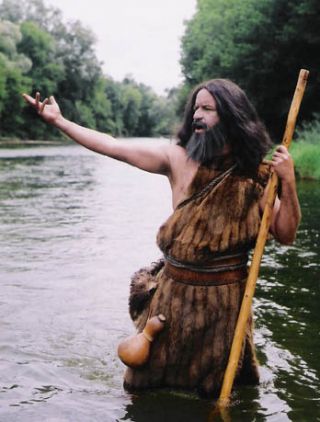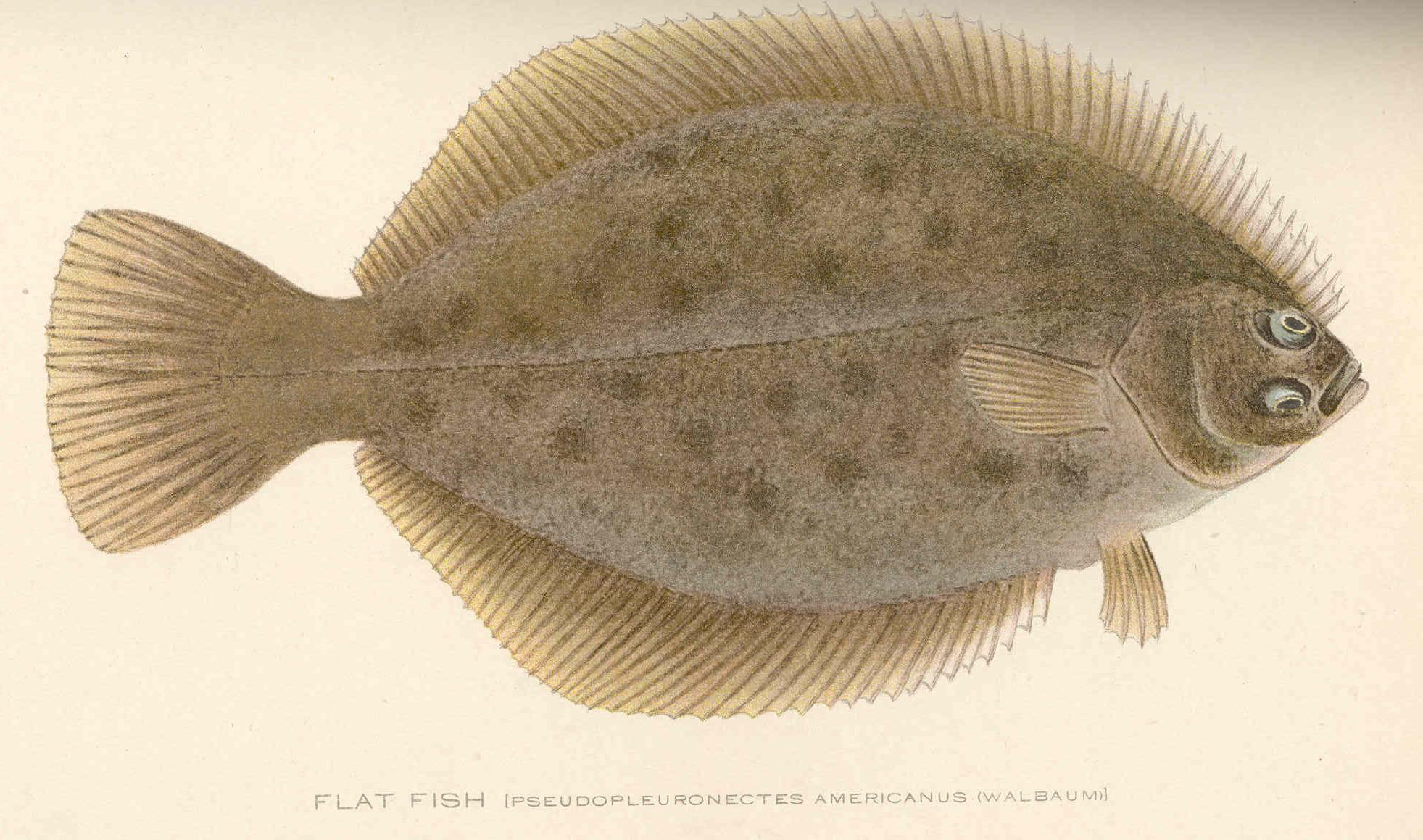Mark 1:2-8
“Dressing well is not about ‘dressing for success,’ but dressing for the glory of God. Choosing clothes is part of doing ‘all for the glory of God.’ (1 Cor. 10:31).”[1] Tell that to the man wearing a garment of camel’s hair and a leather belt.
Tell that to Jeremiah when he purchases and wears a waist sash only later bury it. Upon digging it up, he discovers its worthless (Jer. 13:1-7). How could Isaiah glorify God being naked and barefoot? (Isa. 20:2). And Genesis 24:65 records Rebekah placing a veil on her face when she spies Isaac approaching.
Remember young David rejecting King Saul’s armor because it did not fit? (1 Sam. 17:38-39). Imagine Mordecai’s joy when he left the King’s palace and strolled across Susa in the royal robes of blue and white, a large crown of gold, and a garment of fine linen and purple? (Esther 8:15).
Who can forget Adam and Eve’s fig leaves of shame compared to God’s garments of skin? (Gen. 3:21)? And, of course, Joseph’s coat of many colors grabs our imaginations. Recall how the Gibeonites tricked the Israelites by wearing tattered clothing and patched sandals when they requested a peace treaty (Joshua 9:4-5). Likewise, the shoes of the Israelites did not wear out while they journeyed 40 years in the wilderness (Gen. 24:63-65).
Dressed in his unique garb, our passage portrays John the Baptist crying in the wilderness. His dress accentuates his calling as the voice of God. John’s wilderness is a barren gorge along the Jordan River. Tradition places it near region of Jericho. The wilderness or desert serves as a major theme in these early verses of Mark’s Gospel (3, 4, 12, 13). It is in the desert that God meets his people, reveals himself to them. In the desert God tests and rescues his people.
How are you dressed today? Are you prepared to trek into the wilderness? Do you feel God is testing you? Remember it is in the desert that God meets His people and reveals Himself to them. God led Abram to sojourn from the Ur of the Chaldees to the wilderness of the Negev (Gen. 13: 8-9; 13:1) and, later, promises Abraham he will be the father of a great nation and his offspring will inherit the land of promise (Gen. 15:1-21).
The Lord found Hagar near a spring in the desert (Gen. 16:7-10) and instructed her to return to Sarah (Gen. 16:1-14). Myriads of other people experienced God in the desert: Noah (Gen 6-10), Jacob (Gen 21:8-21), Elijah (I Kings 17:1-9; 19:1-18), David, (1 Sam. 22-26), and Ezekiel near the Chebar canal (Dan. 4:28-37). In the New Testament Jesus faces temptations in the wilderness (Matt 4:1011; Mark 1:12-13; Luke 4:1-15) and the Apostle Paul spent time in the wilderness of Arabia, Syria and Cilicia (Gal. 1:11-24, 2:1-2).

The voice crying in the wilderness is dressed for it. His purpose is to be God’s mouthpiece. Why has God placed you in your desert? What does God want from you at this moment? Like many prophets before John, the baptizer called for the people to repent from their sin. John’s repentance demanded more than sorrow or remorse. Why has God placed you in the wilderness you are experiencing? Let me suggest a four possibilities.
1. God sharpens your focus upon Him.
Perhaps something or someone has seized your attention in recent days? Could it be that your Bible reading, and prayer time has decreased with new responsibilities? Maybe you have simply been neglectful with your relationship with God? God says, “I am here! Pay attention to Me. I want to teach you something new.” Boredom or restlessness points to eyes on ourselves rather than on God. Negativity breeds contempt for our current situation. God uses the wilderness to turn our eyes back to and upon Him. (Click to Tweet)
2. God deepens your dependence on Him.
When we neglect our daily walk with the Lord, we tend to forget Him or overlook Him. We begin to make decisions apart from the Lord. We seek advice from someone before we turn to the Lord. God will use the wilderness to prove you must have Him in life or you will fail. Do you possess a hunger for God? In these days we build trust that God will sustain us and be with us. The wilderness is the spot where God renew your dependence on Him. (Click to Tweet)
3. God opens your understanding of Him.
He separates us from our distractions and leads us to depend on Him as we grow in our knowledge of who He is and what He is about. The wilderness allows God to instill in us principles and truths we would not gain in other settings. Truths about the character and nature of God can only be drilled into us by hard times and difficult circumstances. A life of ease never learns what can only be caught by trials. (Click to Tweet)
4. God reveals truths about our lives.
In the desert we learn who we are. We discover our hidden agendas and self-motives. We are exposed to the microscope of God’s infinite omniscience. We are exposed to the light of truth that reveals the true love of our hearts. Can our lives stand the test of examination in the wilderness? God sends us to the wilderness to examine our fitness for the next level of spiritual growth. Deserts force the contents of our souls to ooze to the top so we can see what is missing in our lives. Know for sure when you leave the desert, the wilderness, you will not be the same as when you arrived. Sins needing purified will be cleansed. Attitudes will be shifted. Embrace the wilderness experience so God can do His work in you. (Click the Link to Tweet)

Questions to Reflect:
1. Can you think of a time when you knew you were in the wilderness? What did you learn about God? About yourself? About others?
2. Could tomorrow be the beginning of a new wilderness experience? Are you ready for a new wilderness? Why?
3. What would survival from a wilderness experience look like for you? Your family? Your church?
Prayer of surrender:
Lord, may we turn towards You with faith as the next wilderness experience invades our lives. May we know that You are trustworthy and faithful. May we let you mature us into faithful servants and honoring children. May we ultimately glorify You as we face the next desert. Amen.
[1]Ronald S. Whitney, Clothing Tips for Ministers, https://biblicalspirituality.org/wp-content/uploads/2011/01/CLOTHING-TIPS-FOR-MINISTERS.pdf accessed 2.28.2021.




























